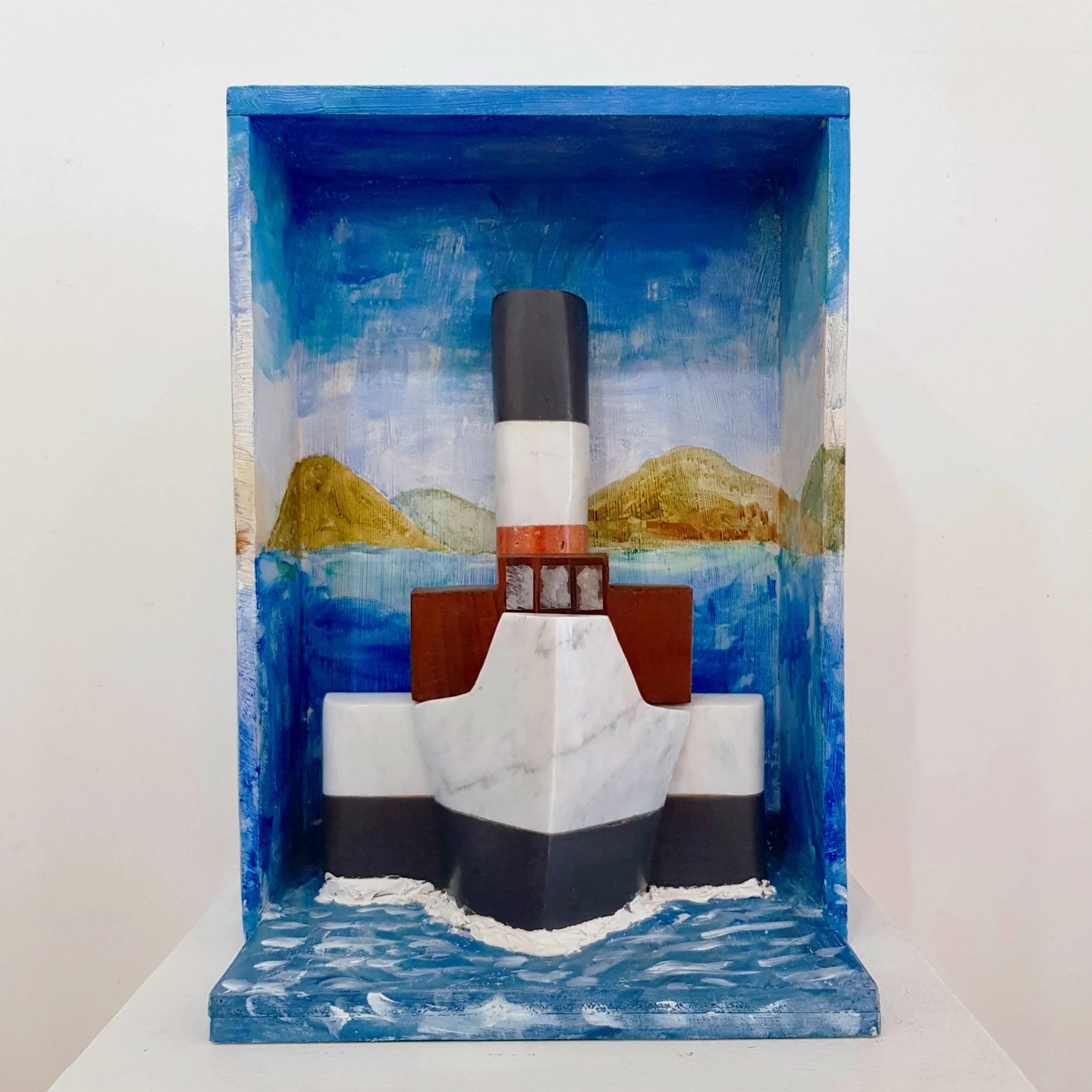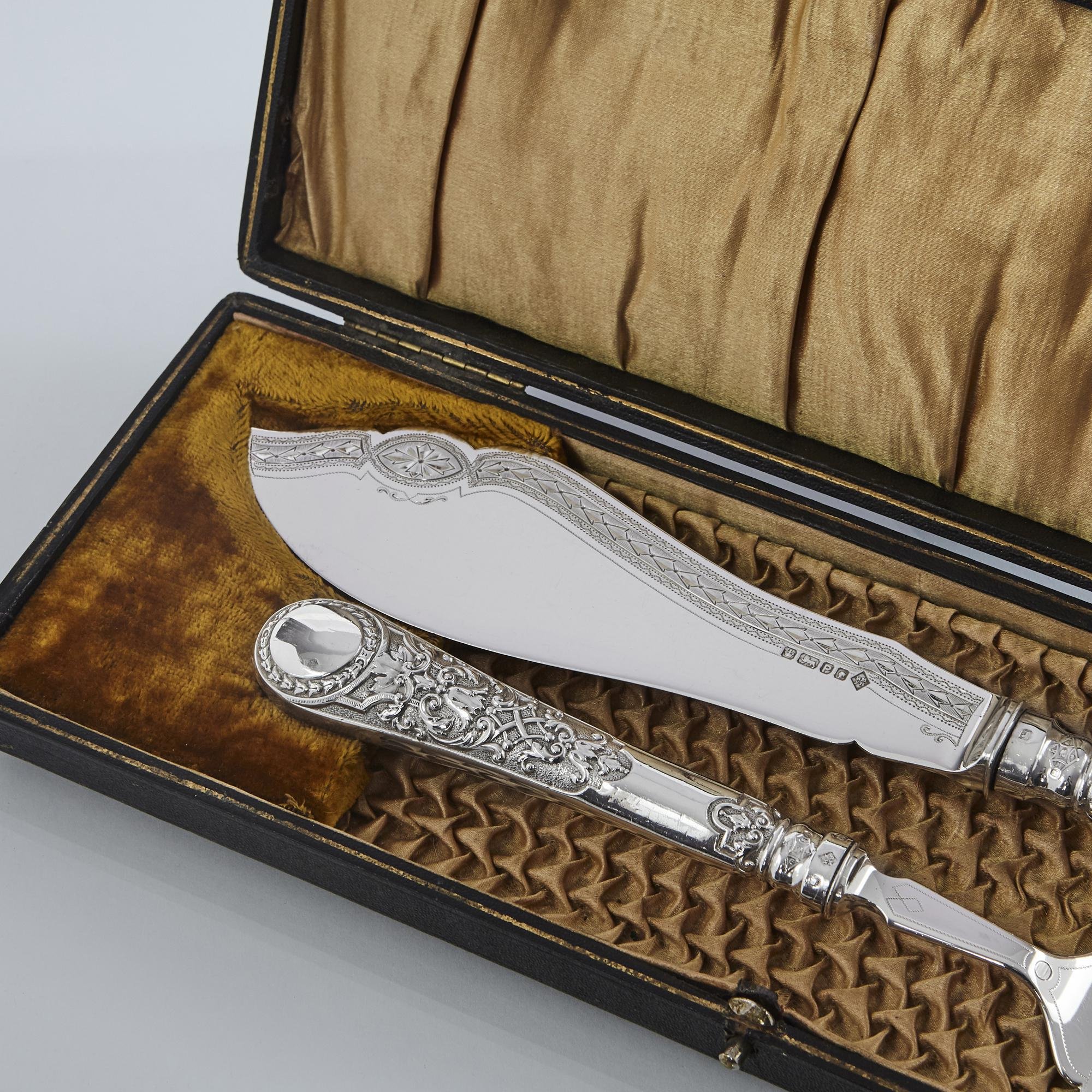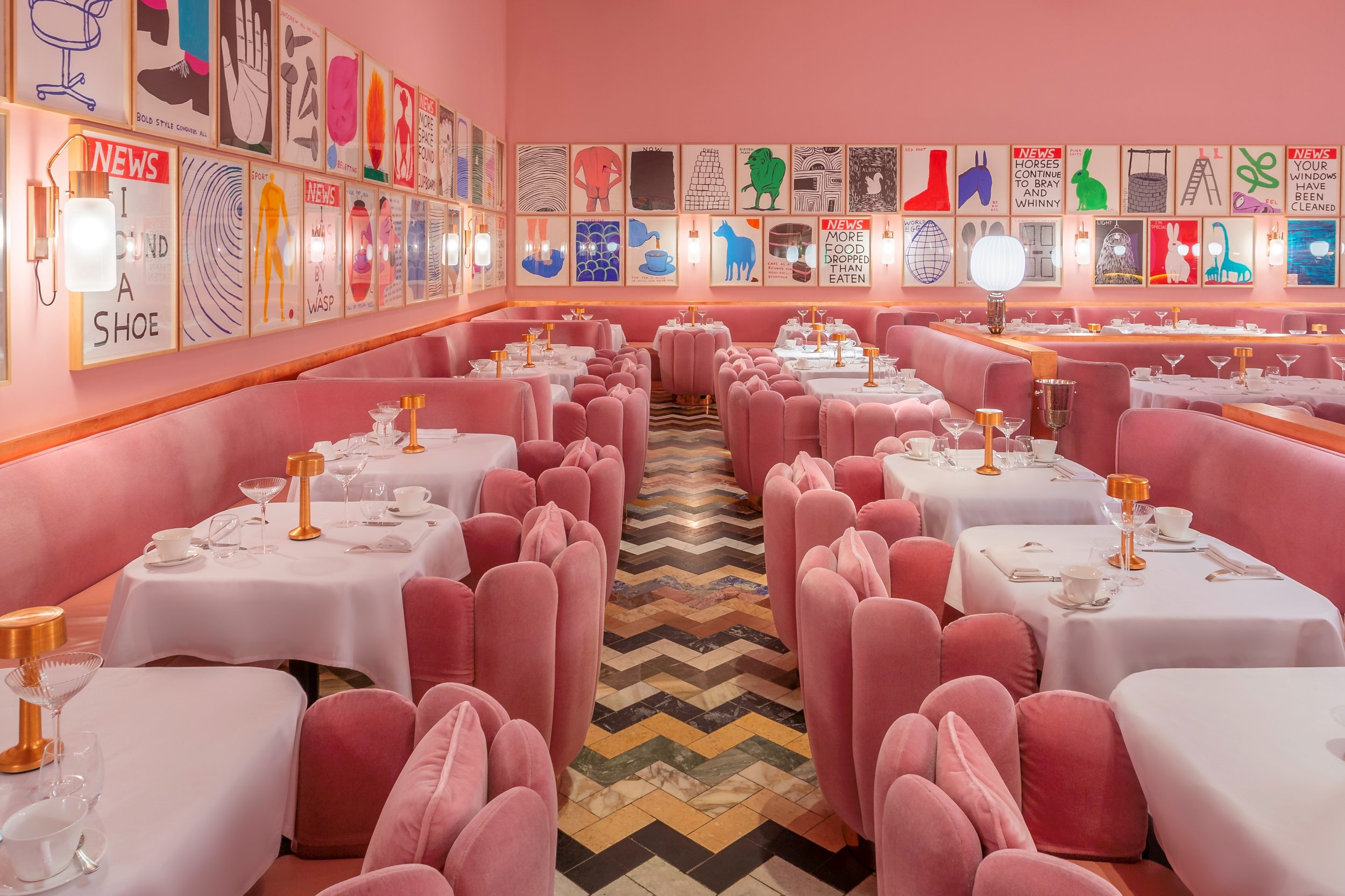The Art of Mapping London
23 JUNE 2022
Mapping cities was an expensive and time consuming process, fortunately it often ended with a great work of art.
Matthew Green
Matthew Green is a writer, historian and broadcaster, founder of tour company Unreal City Audio. His new book, Shadowlands: A Journey Through Lost Britain is out now.
The ‘Agas Map’, surveyed during the unhappy years of Mary Tudor’s reign (1553-8), is the first true map we have of London. We peer down upon the ancient city as though over the bill of a flying bird, as streets, fields and rivers roll by. The effect is transformative: medieval London sheds its abstract form, becomes real, becomes enticing.
The original was engraved on fifteen expensive copper sheets, only three of which survive. Likely a gift, they may never have been for commercial consumption. But a slightly cruder woodcut version on eight sheets (tweaked to show St Paul’s without its spire, zapped by lightning in 1561) was produced during Elizabeth’s reign, misattributed to surveyor Ralph Agas. This ‘woodcut map’ has come down to us from three copies made in 1633, two of which were collected by Samuel Pepys, and again updated to show the Stuart coat of arms, although rather embarrassingly the Tudor insignia was left on the royal barge. They are 2 feet 4 inches by 6 feet, about the size of a long, thin painting; to have actually used this to navigate would have been rather a rum thing to do. Instead, it attests to the strength, size and magnificence of a place ‘so superior to other English towns that London is not said to be in England, but rather England to be in London’. To hold this whole wide world in one’s gaze, to have corralled so many lurching, timber-framed streets, mucky alleys, noisy trade, and some 175,000 souls into an orderly schematic was the ultimate projection of Renaissance status, of man mastering his environment.
Viewed from afar, it is glorious. The Mid-Tudor City is a dense swarm of buildings, parcelled in by high, defensive walls, and surrounded by a ‘green belt’ of market gardens, monasteries, and the fields of hospitals (whence ‘Spitalfields’). Though a thin umbilical cord of Fleet Street and Strand connect them, it really seems as though we are looking down upon three separate places: marshy Westminster with its palaces and abbey, the City with its densely-packed residential streets and medieval churches not long for this world, and its shadow, Southwark, a licentious strip of bear pits, stews, taverns and a splendid beer house on the Thames, shaded by tall trees. To the east, beyond the Tower, there is virtually no development — Brick Lane is a rural track, rutted by brick-laden carts. Beyond the northern gates, the city melts away, not surprising as extra-mural development on any kind of scale was forbidden, lest London consume the entire kingdom. There is no sign of any hilltop villages on the horizon — Hackney, Hampstead, Islington — unimaginable they could ever be part of the metropolis. Beyond the walls, development immediately becomes patchier. There are Blackfriars and Whitefriars, the Inns of Court around the Temple, some ribbon-like development along Fleet Street. But Holborn, today a snarling grey thoroughfare seething with people and buses, is positively bucolic; after Chancery Lane, we find just empty fields, wandering cattle and the odd grand structure. Beyond Westminster and Whitehall, nothing.
There is, in the grain of the map, an extraordinary efflorescence of detail, igniting in the imagination rich scenes of Marian city life. Great efforts have been made to depict buildings as they actually appeared. We see the tulip-bulb cupolas of Nonsuch House, the jewel in the crown of residential London Bridge, and the turrets of Bridewell Palace which would crash into the Thames during the Great Fire. Gardens, too — near London Wall, we can see into the labyrinth and knot gardens of Austin Friars’, a dissolved monastic house, once home to Thomas Cromwell, now the livery hall of the Drapers’ Company. We see figures, frozen in animation: men practising archery and women hanging their laundry on tenterhooks in Moorfields, beyond the stinking ditch — a comment on the nation’s martial strength and prosperity of the cloth trade?; knights jousting though (though no roasting protestants) in Schmyt Field — smooth field, now Smithfield — a big improvement on the days when tournaments were held in the medieval high street of London, Cheapside; wherries flocking to wharves like wasps to sweetmeat; women collecting peals of water from Cheapside’s fountains; strolling citizens locked in conversation, horses plunging into river waves; the belching breweries of Bankside and, further west, mastiff dogs straining on their leashes outside the rickety wooden amphitheatre where, later, they’d be bored to death by bears and flipped through the air like pancakes by bulls. Yet despite a concern with verisimilitude, the map is cartoony in places — see the enormous outline of a bull looming from within the baiting arena, the preposterously large depictions of Tudor Londoners practising fencing (or dancing?) in lanes, smoke billowing out of chimneys and spiralling into the air. It’s a more innocent, a more childish London. We can imagine the chiming of church bells. The foul-mouthed cries of the wherrymen and sals into the air. The whole city falling into a darkened slumber at curfew. We want to climb through the frame and be parachuted into this world.
An Illustrated Map of London by an anonymous author, c.1855.
Engraved plan, printed in red and black, on cloth, with key to plan below.
Image courtesy of Daniel Crouch Rare Books.
Sadly, it is not easy to get one’s hands on Civitas Londinum as this exquisite map is formally known. The three original impressions of the 1633 map are in the London Metropolitan Archives, the Pepys Library in Cambridge and at the National Archives in Kew. Bonhams listed a folding engraved map on 8 sheets printed in 1737 (68cm x 190cm) of the map, which sold for £1,560 in June 2011. One eBay seller has small (90cm x 33.5cm) and large (127cm x 48cm) reproductions of the map which have been colourised: £39.99 and £59.99 respectively. eBay also has a version printed in 1868: original outline colour (47cm x 129.5cm) for £424.00 and another printed in 1908 (41cm x 96cm) for £199.00. And Etsy sells poster versions ranging in size and price. Perhaps the most innovative modern form in which they have been produced is as coloured globes for up to £280.00.
By the time French-born surveyor John Rocque set out to map ‘all the squares, streets, courts, and alleys’ of the same city almost 200 years later, London was transformed. Rocque’s neighbourhood, Soho, for one, hadn’t even existed when the ‘Agas map’ was surveyed, being, back then, green fields reverberating with the cry of “So! Ho!” yelled by hunters to their hounds, yet by the 1740s, it was the heartland of cosmopolitan London where, it was claimed, you could walk for an hour without ever hearing a non-French accent, such a haven had become for Huguenot refugees like Rocque. For someone who had cut his teeth surveying aristocratic gardens, his project was daunting: London was now, in the mid-eighteenth century, the biggest city in Europe. It was hard to keep pace with the city’s rapidly-expanding frontiers and he was nearly bankrupted by the whole Herculean endeavour, but, in the end, a decade of back-breaking labour produced a wall-map of blistering clarity and tremendous grace: A Plan of the cities of London and Westminster, and borough of Southwark (1746). Whereas mid-Tudor London only needed eight sheets, mid-Georgian London took up 24, and, at 13 feet by 6½ feet (or the height of a tall person and the width of two tall people), it was monumental, ideally put on ‘a roller’ so that ‘it will not interfere with any other furniture’. And the spectacle that greeted the 246 elite subscribers from their panelled wainscoting as they sipped their molten chocolate in their drawing rooms?
They saw a city that had cracked out of its shell, sprawled into the suburbs, and blossomed into ‘a great and monstrous thing’: dense in the centre, but reaching ever-further into the countryside, like a giant squirming octopus with its tentacles. When you take in the whole thing, the extent of London is magnificently rendered, online versions bearing an uncanny resemblance to a Google satellite view today. London was now one continuous urban sprawl from grand, ginormous Grosvenor Square in the West End to lowly Limehouse in the east, Great Ormond Street in Bloomsbury to Dirty Lane in Southwark. Whereas in ‘Agas’, we find greenery dotted with monastic ruins between Westminster and Southwark, in Rocque we see only a writhing urban infill, imagining brick terraces smeared in the grime of sea-coal, a fleet of dray-carts and sedan chairs, printing houses squelching, hammering and clanging out the day’s news, oyster shacks on the bridge over the now-subterranean River Fleet, mysterious shop signs creaking and squeaking in the wind, the cries of “what news have you?” from smoky, candlelit coffeehouses — ‘imagine’ because, unlike ‘Agas’, Rocque does not much bother with pictorial elements. The ‘plan’ is rendered from a notional vantage point directly above each plot, looking dead downwards, and sometimes, as with St Paul’s Cathedral, perceiving the internal layout of structures. This omniscient X-Raying potential lends authority which is just as well because even at a scale of one inch to 10,000 feet, no efforts are made to render churches, houses, prisons or palaces in miniature — a whole built universe reduced to fine grey shading. Following mapping traditions, churches and civic buildings predominate while ugly factories are conspicuously under-represented, and the only graphics that appear in the map at all are shadowed trees, boats on the Thames, and the gallows at Tyburn. Nearby, in the corner of Hyde Park, indeed a stone’s throw from Rocque’s house, is the sinister label ‘where soldiers are shot’ — something that would zestfully have been depicted, we imagine, in ‘Agas’.
Braun & Hogenberg, ‘Londinum Feracissimi Angliae Regni Metropolis’, c. 1574, Cologne.
Image courtesy of The Map House.
Whereas ‘Agas’ highlights what went on in the Tudor city (then only the fifth largest in Europe), Rocque instead draws our attention to its size — indeed, it was the egregious suggestion made by a French cartographer living in Greenwich in the 1720s that Paris was bigger than London that made the need for a brand-new survey especially urgent, and how delicious it was that Roque had himself been born in France and published his chef-d’oeuvre when Britain was at war with France, using quintessentially French mapping conventions — a kick in the teeth in a language they would well understand. Another impetus was to make some sense of London’s mushrooming topography. Since the ‘Agas’ map, the West End had coalesced from a series of stately urban squares with wide pavements, gorgeous crystal street lanterns, and inner gardens in Italianate Covent Garden (built from the 1630s), leafy Bloomsbury, regal St James’s, rakish Soho, gilded Mayfair, and grandiose Marylebone (where the number of houses rose from 317 in 1717 to 7,764 in 1795). And in the East End, Jews, ship builders, Huguenot silk weavers and a transient maritime community flocked into Spitalfields, Whitechapel, and the riverine suburbs of Rotherhithe, Wapping and Limehouse as Britain’s overseas trading empire expanded and those areas became a far urban cry from the fields of Agas’s day. This meant that the last accurate survey of London, in 1682, was by now hopelessly out of date. And still the city splurged, like an infinitely expanding ink blot. As Rocque was rolling his ball and rattling his chain along the city’s rugged, unequal streets and mounting church steeples to peer into his rotating telescope, entire new streets were materialising — a sensation we find hard to imagine today. If you look closely at Berkeley Square, in Mayfair (finished the year before the map was published), you can see the spectral outlines of the soon-to-be-built Farm Street, Hill Street, and Charles Street. Not just a record of the present, then, the map was also a portal into the future. So fluid was London at this time that, in the months ahead of publication, Rocque invited the public to pore over the original drawings of the city in his shop on Piccadilly, and to suggest corrections. That people were given sections of the drawings to parade through their neighbourhood, checking the representation and reality of the 5,5000 place names, suggests a topography in great flux, and this open source mapping helped to codify and crystallise the names we still use today.
No question, the map — the work of art — was expensive. It was printed on ‘the best imperial paper’, framed in a rococo cartouche, and most of the original 246 subscribers (who paid one guinea upfront, two on delivery) were lifted from the ranks of the bon ton, including 19 dukes, 96 lords, and the Prince of Wales himself! (Rocque would go on to become the Cartographer Royale). The districts they overwhelmingly lived in, the City and West End, are depicted more accurately than elsewhere (especially the East End) — it would not do to misrepresent the subscribers’ own neighbourhoods. Although it’s doubtful such lofty figures (with private coaches and sedans) needed to use a map to navigate, it certainly helped them understand and admire their city. And Roque’s original spawned five much reduced single-sheet editions, some with the rates of watermen and hackney drivers included, which most certainly were used to navigate.
Originals of the map occasionally surface on Christie’s: one, auctioned in 2014, sold for £86,500. If that’s too dear, John Lewis sells a wonderfully effective decorative, digitally enhanced framed version for £200.00. The Unique Maps Co. sells a few different versions which vary in price based on size and format from £425 to £2,775 or more. Etsy has much smaller decorative versions (16” x 24” and 24” x 36”) for wall hanging or print only, much cheaper.
Rocque’s map would not be surpassed until 1799 when Richard Horwood’s 32-sheet survey purporting to show every single building, replete with street numbers, appeared, by which point London was the biggest city in the world.
In the same year, Rocque produced a much smaller-scale map of ‘London from 10 miles around’ showing the metropolis swaddled in countryside. But when we look at late Victorian maps, we see that virtually all of the fields, trees, bowling greens and vinegar fields have disappeared, with formerly rural idylls, the satellite villages like Hackney, Camberwell and Stoke Newington, now completely engulfed, green turned to grey. By that stage ‘the Great Wen’ had in its maw, thanks in large part to the railways, places as far away as Harrow-on-the-Hill and Richmond-on-Thames, quite literally paving the way for the infinite city we have today.
































